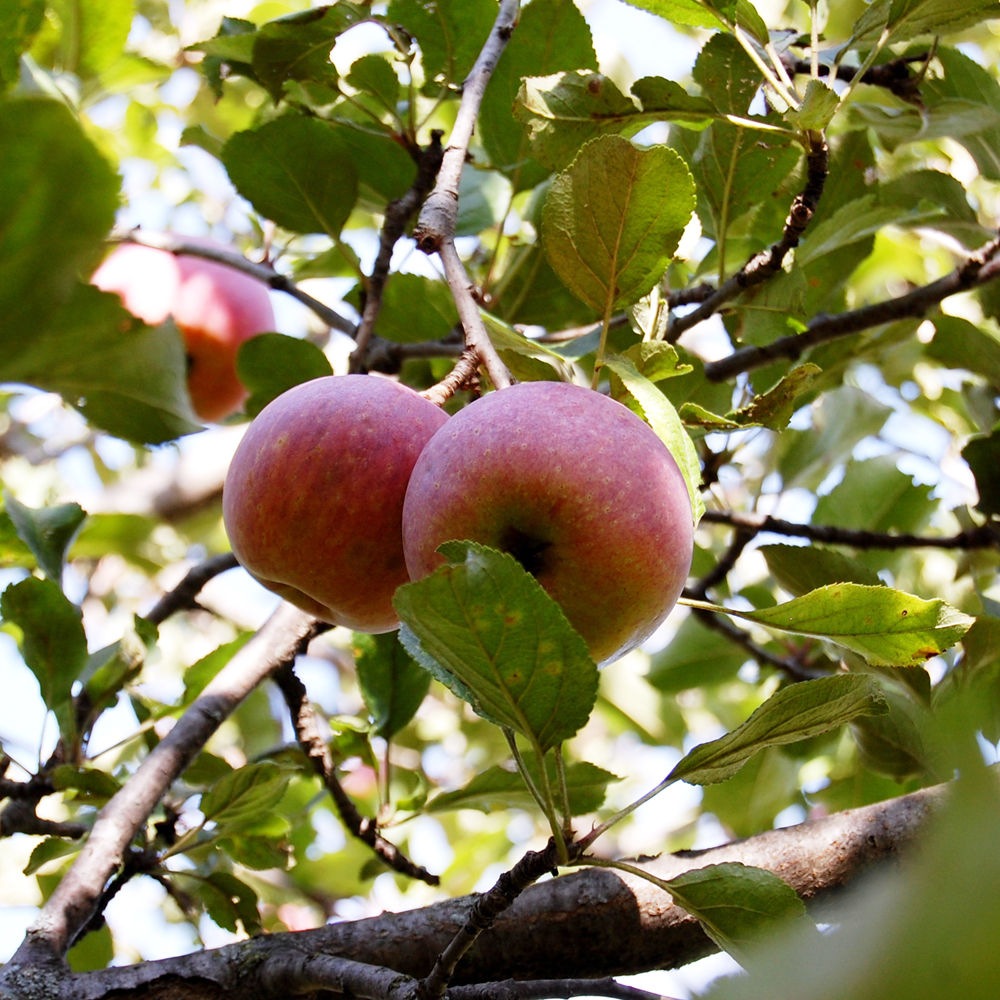Apple Grafting to Preserve Diversity
/ “This apple comes from an old tree at my grandmother’s home, and it is the best apple I have ever tasted.” We hear this story a lot around here, and usually, the story ends like this: “Now the tree is dying, and nobody in the family remembers what variety it is.”
“This apple comes from an old tree at my grandmother’s home, and it is the best apple I have ever tasted.” We hear this story a lot around here, and usually, the story ends like this: “Now the tree is dying, and nobody in the family remembers what variety it is.”
Well, there is only one thing to do, graft! Apples are propagated by grafting a part of the old tree, called scionwood, onto a new rootstock. Grafting is necessary because apple seed produces offspring unlike the parent plant. This propagation technique allows you to determine how large the tree will eventually grow – choose dwarfing rootstocks for a small backyard or a large pot on a patio, or graft onto a standard rootstock to grow a full-sized tree that will survive generations.
Join us and learn this ancient skill by attending one of SSE’s bench grafting workshops held on April 5 and April 12, 2014 (editors note: registration is now closed). Attendees will go home with three heritage apple varieties and the skills to start their own orchard. Workshops are led by Seed Savers Exchange orchard manager and apple historian Dan Bussey, who is nearing completion of his book documenting all of the named apple varieties grown in North America since the 1600s.
Listen to Dan Bussey's talk, "Our Apple Heritage," here.
View a short video introduction to apple grafting from Dan:
[youtube]http://www.youtube.com/watch?v=37KdQHL9koo[/youtube]
View a past SSE webinar on apple grafting here:
[youtube]http://www.youtube.com/watch?v=Mujxy4MG8wA[/youtube]














